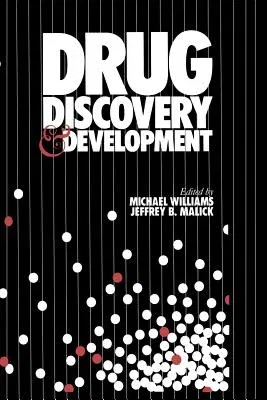Michael Williams
(Author)Drug Discovery and Development (Softcover Reprint of the Original 1st 1987)Paperback - Softcover Reprint of the Original 1st 1987, 30 September 2011

Qty
1
Turbo
Ships in 2 - 3 days
In Stock
Free Delivery
Cash on Delivery
15 Days
Free Returns
Secure Checkout
Print Length
448 pages
Language
English
Publisher
Humana
Date Published
30 Sep 2011
ISBN-10
1461291801
ISBN-13
9781461291800
Description
Product Details
Authors:
Book Edition:
Softcover Reprint of the Original 1st 1987
Book Format:
Paperback
Country of Origin:
NL
Date Published:
30 September 2011
Dimensions:
23.39 x
15.6 x
2.39 cm
ISBN-10:
1461291801
ISBN-13:
9781461291800
Language:
English
Location:
Totowa, NJ
Pages:
448
Publisher:
Weight:
648.64 gm

